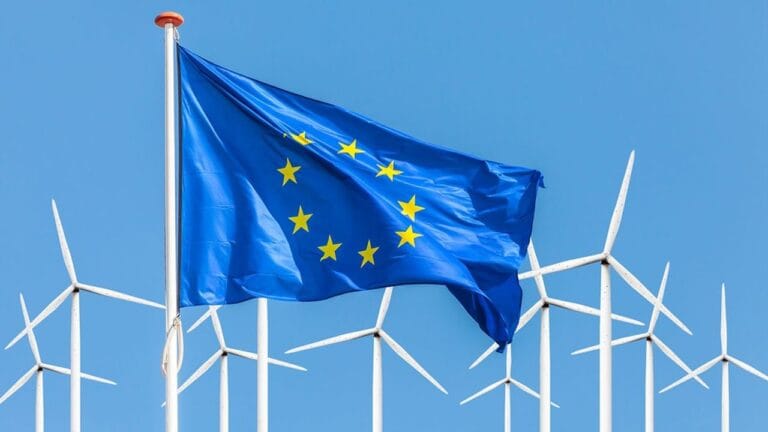Energy consumption in Europe experienced an unprecedented drop in 2023. According to data published by Eurostat, the European Union recorded a decrease of 4.1% in its available gross energy — equivalent to about 380 million barrels of oil. This historic decline reflects deep transformations in the continent’s energy habits.
Several factors contribute to this evolution: more rigorous energy efficiency policies, milder winter temperatures, and a collective response to the price surge caused by the war in Ukraine. Less waste, more rationalization: the EU seems to be succeeding in maintaining its activity with reduced energy volumes.
Although fossil fuels continue to dominate the energy mix with a 67% share, renewable energies are gaining ground. They now account for 19.5% of total consumption, a 31% increase over a decade. Natural gas maintains a slight lead, with a share of 20.5%. Some member states, particularly in Northern Europe, are going further: Sweden, Denmark, and Finland have crossed the threshold of 40 to 50% green energy in their mix.
In other regions of the continent, the transition is progressing more slowly. Poland and the Czech Republic, for example, remain heavily dependent on coal, which still represents about one-third of their energy consumption.
Another significant challenge for the Union is its dependence on imports. In 2023, only 40% of the energy consumed was produced locally, a figure that has been continuously declining since 2013. Almost all oil (95%) and gas (90%) continues to be imported, mainly from Norway, the United States, Algeria, Qatar, and still a bit from Russia.
In terms of usage, transport remains the largest energy consumer, accounting for 32% of European demand. Households follow with 26.3%, ahead of industry (24.6%), services and agriculture combined (9.1%), and non-energy uses (8%), including raw materials and lubricants.
The intensification of road traffic and the development of air transport partly explain this predominance. While the demand for road fuels has risen between 2021 and 2023, it remains below its record level of 2019. As for international aviation, it has not yet regained its pre-pandemic performance, still showing a decline of 8%.
The year 2023 could thus mark a strategic milestone for Europe, which seems to be embarking on a profound transformation towards a more frugal and sustainable use of its energy resources, while still facing its structural vulnerabilities, particularly regarding external supply.


